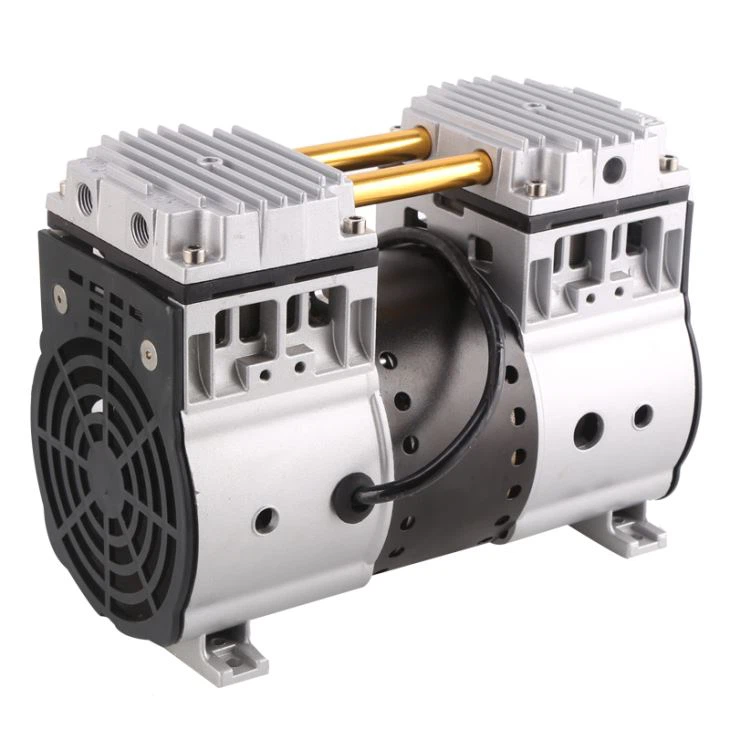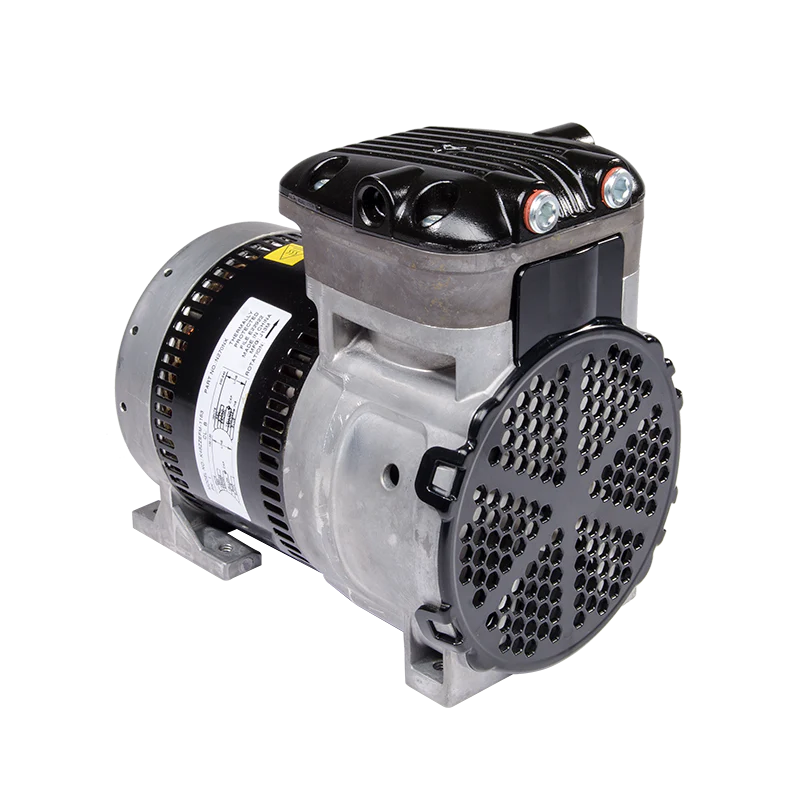Product Description
| Brand | Product | Model |
| KPM | Hydraulic pump | K3VG112-11FRS-0E00 |
| K3VG180-11FRS-0E00 | ||
| K5V200DPH/111R-0E11 | ||
| K3VL112/B-10RSM-L1/1-TB325 | ||
| K3VL112/B-10RSM-L1/1-TB265 | ||
| K3V112DP-135R-9NG9 | ||
| K3V140DTP191R-9N32 | ||
| K7V63DTP1X9R-0E23-1V | ||
| K7V63S-11DL-5E1L-V | ||
| K5V200SH117R-5E29 | ||
| K3VL45B-10RSM-L1-TB265 | ||
| K3V36,K3V63,K3V112,K3V140,K3V280 K5V80,K5V140,K5V160,K5V200,K5V212, K7V36,K7V63,K7V125,K7V140,K7V160,K7V180 Series etc. |
Company Profile
ZheJiang Zhongye Electromechanical Technology Co., LTD. (hereinafter referred to as: Zhongye Electromechanical) is located in HangZhou High-tech International Enterprise Port Building 19, Liandong U Valley, High-tech Zone, HangZhou , ZheJiang Province, China.with a total investment of over 300 million yuan. Specializing in hydraulic piston pump, hydraulic valve, hydraulic motor, hydraulic cylinder and other hydraulic components research and development and remanufacturing.
The founder, Mr. Min Yuchun, has been engaged in the hydraulic industry for 36 years, and has a profound cultural background and understanding of the hydraulic field. He has successively established HangZhou CZPT Excavator Co., LTD., ZheJiang CZPT Fluid Transmission Co., LTD. In order to expand the operation and increase the export trade business, he introduced 2 directors with foreign investment experience to set up ZheJiang Zhongye Electromechanical Technology Co., LTD.
At present, zhongye Electromechanical has close cooperation and exchanges with the leading universities in the field of fluid transmission in China, such as HangZhou Institute of Technology, and ZHangZhoug University, and has jointly established the “Fluid Transmission and Control Industry-University-Research Center” with HangZhou Institute of Technology, transforming scientific research theories into practical results. Determined to make the core characteristic service, and to do well, bigger, stronger, promote the common progress of the industry, drive the development of China’s hydraulic industry, to the world’s leading fluid transmission and control system.
Our Advantages
Sock: There are lots of available hydraulic piston pump/motor/cylinder/parts in stock.
Packaging: Adopt a variety of packaging and multiple protection to ensure the integrity of products.
Double plastic bags: the inner layer is rust and oil proof, and the outer layer is double protection to prevent rain from affecting the external packaging and then affecting the product
High elastic foam paper: secure and provide close protection to the product
Wooden case: prevent direct impact on products during transportation
Logistics: The company is equipped with logistics department and freight drivers to ensure the safety and timely delivery of goods to the designated place/warehouse/port.
Certificates: CE and EAC (Russian customs union )
Certificate of Occupation heath & safety managment system
Certificate of Quality managment system
Certificate of Environmental managment system
Our boss and technical engineer has more than 15 years exprience in hydraulic industry.
Our factory is closed to ZheJiang port & HangZhou port.
Warehouse
Customer praise
Office/Workshop
Other Products
Partners
/* January 22, 2571 19:08:37 */!function(){function s(e,r){var a,o={};try{e&&e.split(“,”).forEach(function(e,t){e&&(a=e.match(/(.*?):(.*)$/))&&1
| Type: | Plunger Pump |
|---|---|
| Warranty: | 1 Year |
| Pressure: | High Pressure |
| Term: | Fob & CIF & CFR & EXW |
| Shipment: | Air/Sea/DHL/FedEx/UPS |
| Transport Package: | Wooden Boxes |
| Customization: |
Available
|
|
|---|

How Does Piston Displacement Affect the Pump’s Performance?
Piston displacement is a crucial factor that significantly affects the performance of a piston vacuum pump. Here’s a detailed explanation:
Piston displacement refers to the volume of gas or air that a piston vacuum pump can move during each stroke of the piston. It determines the pump’s capacity or flow rate, which is the amount of gas that the pump can evacuate per unit of time.
1. Flow Rate:
– The piston displacement directly influences the flow rate of the pump.
– A larger piston displacement corresponds to a higher flow rate, meaning the pump can evacuate a larger volume of gas per unit of time.
– Conversely, a smaller piston displacement results in a lower flow rate.
2. Pumping Speed:
– The pumping speed is a measure of how quickly a vacuum pump can remove gas molecules from a system.
– The piston displacement is directly related to the pumping speed of the pump.
– A larger piston displacement leads to a higher pumping speed, allowing for faster evacuation of the system.
– A smaller piston displacement results in a lower pumping speed, which may require more time to achieve the desired vacuum level.
3. Vacuum Level:
– The piston displacement indirectly affects the achievable vacuum level of the pump.
– A larger piston displacement can help reach lower pressures and achieve a deeper vacuum.
– However, it’s important to note that achieving a deep vacuum also depends on other factors such as the design of the pump, the quality of the seals, and the operating conditions.
4. Power Consumption:
– The piston displacement can impact the power consumption of the pump.
– A larger piston displacement typically requires more power to operate the pump due to the increased volume of gas being moved.
– Conversely, a smaller piston displacement may result in lower power consumption.
5. Size and Weight:
– The piston displacement affects the size and weight of the pump.
– A larger piston displacement generally requires a larger pump size and may increase the weight of the pump.
– On the other hand, a smaller piston displacement can result in a more compact and lightweight pump.
It’s important to select a piston vacuum pump with an appropriate piston displacement based on the specific application requirements.
In summary, the piston displacement of a vacuum pump directly influences its flow rate, pumping speed, achievable vacuum level, power consumption, and size. Understanding the relationship between piston displacement and pump performance is crucial in choosing the right pump for a given application.

What Industries Commonly Rely on Piston Vacuum Pumps?
Various industries rely on piston vacuum pumps for their specific applications and requirements. Here’s a detailed explanation:
1. Manufacturing and Industrial Processes:
– Piston vacuum pumps find extensive use in manufacturing and industrial processes across different sectors.
– They are commonly employed in vacuum packaging, where they help create a vacuum environment to preserve and extend the shelf life of food products.
– In the automotive industry, piston vacuum pumps are utilized in brake booster systems to provide the necessary vacuum for power braking.
– Other industrial applications include vacuum molding, vacuum drying, vacuum distillation, and vacuum filtration.
2. Pharmaceuticals and Medical Industry:
– The pharmaceutical and medical industry extensively relies on piston vacuum pumps for various critical processes.
– These pumps are used in pharmaceutical manufacturing for vacuum drying, solvent recovery, and distillation processes.
– In medical applications, piston vacuum pumps are utilized in vacuum suction devices and medical laboratory equipment.
– They are also employed in vacuum autoclaves for sterilization purposes.
3. Research and Laboratory Settings:
– Piston vacuum pumps are commonly found in research laboratories and scientific facilities.
– They are used for creating vacuum conditions in laboratory equipment such as vacuum ovens, freeze dryers, and vacuum desiccators.
– These pumps are crucial for applications like sample preparation, material testing, and scientific experiments requiring controlled environments.
4. Electronics and Semiconductor Manufacturing:
– The electronics and semiconductor industry heavily relies on piston vacuum pumps for various manufacturing processes.
– They are utilized in vacuum deposition systems for thin film coating, such as physical vapor deposition (PVD) and chemical vapor deposition (CVD).
– Piston pumps are also employed in vacuum furnaces for heat treatment processes in semiconductor fabrication.
– Other applications include vacuum packaging of electronic components and devices.
5. Food Processing and Packaging:
– Piston vacuum pumps play a significant role in the food processing and packaging industry.
– They are used for vacuum packaging of perishable food items, preventing spoilage and extending shelf life.
– In food processing, these pumps assist in vacuum concentration, freeze drying, and deaeration processes.
6. Environmental and Waste Management:
– Piston vacuum pumps find applications in environmental and waste management sectors.
– They are used in vacuum systems for wastewater treatment, including processes like aeration, filtration, and sludge dewatering.
– Piston pumps also assist in industrial and municipal waste management systems for vacuum collection or transfer of waste materials.
7. Other Industries:
– Piston vacuum pumps have diverse applications in additional industries:
– They are used in the glass manufacturing industry for vacuum lifting and handling of glass sheets or products.
– Piston pumps find application in the printing industry for vacuum feeding and ink transfer systems.
– They are employed in the power generation industry for steam condenser evacuation and turbine sealing systems.
In summary, piston vacuum pumps find widespread use in industries such as manufacturing and industrial processes, pharmaceuticals and medical, research and laboratory settings, electronics and semiconductor manufacturing, food processing and packaging, environmental and waste management, as well as in other sectors like glass manufacturing, printing, and power generation.

Are There Oil-Free Piston Vacuum Pump Options Available?
Yes, there are oil-free piston vacuum pump options available. Here’s a detailed explanation:
1. Oil-Free Technology:
– Traditional piston vacuum pumps use oil as a lubricant and sealant in their operation.
– However, advancements in vacuum pump technology have led to the development of oil-free piston vacuum pumps.
– Oil-free piston pumps are designed to operate without the need for lubricating oil, eliminating the risk of oil contamination and the need for oil changes.
2. Dry Running Operation:
– Oil-free piston vacuum pumps achieve lubrication and sealing through alternative means.
– They often utilize materials such as self-lubricating polymers or advanced coatings on the piston and cylinder surfaces.
– These materials reduce friction and provide sufficient sealing to maintain vacuum levels without the need for oil.
3. Applications:
– Oil-free piston vacuum pumps are suitable for a wide range of applications where oil contamination is a concern.
– They are commonly used in industries such as food and beverage, pharmaceutical, electronics, laboratories, and medical where a clean and oil-free vacuum environment is required.
4. Advantages:
– The primary advantage of oil-free piston vacuum pumps is their ability to provide a clean and oil-free vacuum.
– They eliminate the risk of oil contamination, which is crucial in sensitive applications such as semiconductor manufacturing or pharmaceutical production.
– Oil-free pumps also simplify maintenance since there is no need for oil changes or regular oil monitoring.
5. Considerations:
– While oil-free piston vacuum pumps offer advantages, they also have some considerations to keep in mind.
– They may have slightly lower ultimate vacuum levels compared to oil-lubricated pumps.
– The absence of oil as a lubricant may result in slightly higher operating temperatures and increased wear on piston and cylinder surfaces.
– It’s important to select an oil-free piston vacuum pump that is suitable for the specific application requirements and consider the trade-offs between performance, cost, and maintenance.
6. Alternative Pump Technologies:
– In some cases, where oil-free operation is critical or specific vacuum levels are required, alternative pump technologies may be more suitable.
– Dry screw pumps, claw pumps, or scroll pumps are examples of oil-free pump technologies that are widely used in various industries.
– These pumps offer oil-free operation, high pumping speeds, and can achieve lower vacuum levels compared to oil-free piston pumps.
In summary, oil-free piston vacuum pumps are available as an alternative to traditional oil-lubricated pumps. They provide a clean and oil-free vacuum environment, making them suitable for applications where oil contamination is a concern. However, it’s important to consider specific application requirements and explore alternative pump technologies if necessary.


editor by Dream 2024-04-25
by
Tags:
Leave a Reply